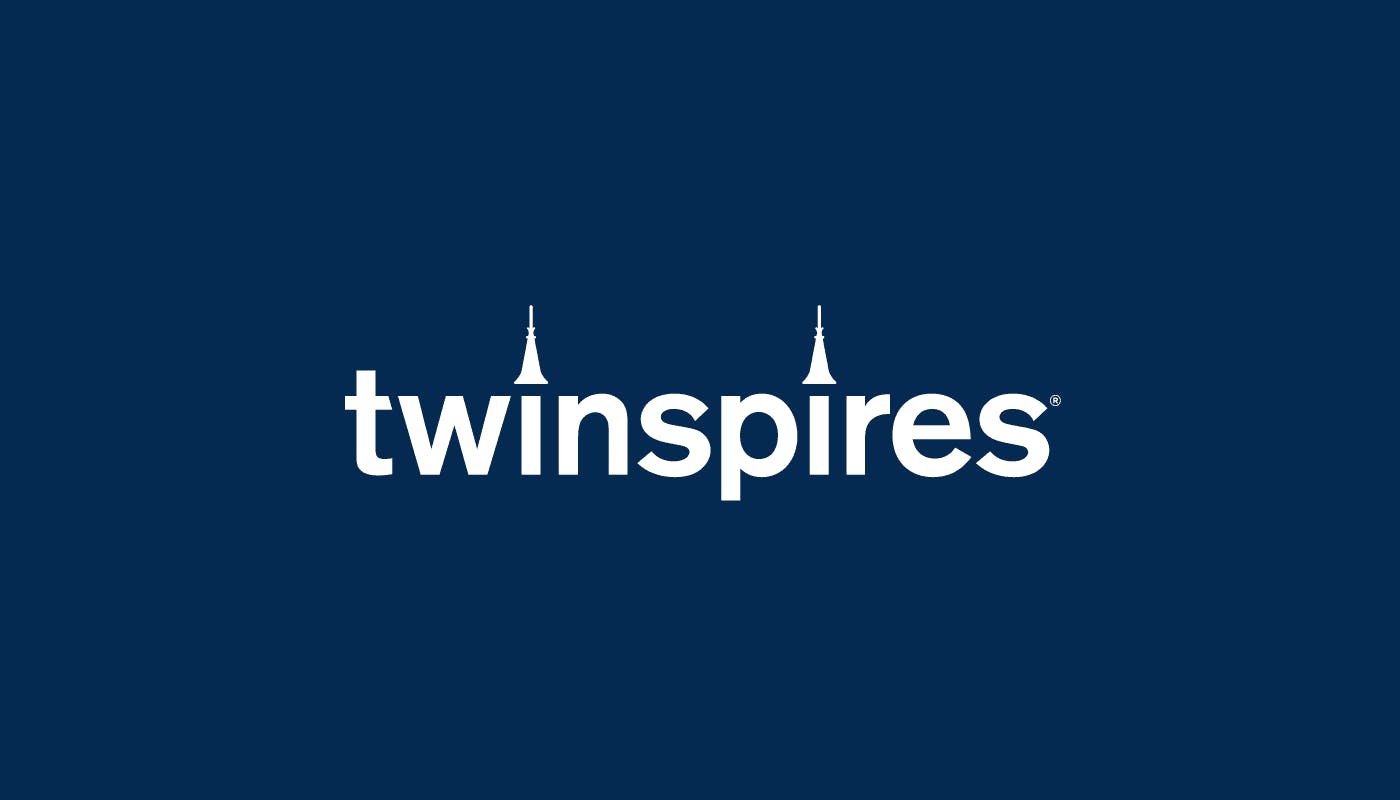Breeders' Cup deserves our undivided wagering attention

TwinSpires logo
by Dick Powell
Does anyone remember the first Breeders’ Cup? I don’t mean the glamour and glitz of Hollywood Park back in 1984 or the long steward’s inquiry into the running of the Classic (G1) where the television viewers were actually told what was going on.
If you think back to what made the early runnings of the Breeders’ Cup different to now is that there was hardly any live racing during its seven races. Tracks all over the country would schedule their races to begin either before or after the Breeders’ Cup card was run so there was little distraction to the big races.
A few tracks like Louisiana Downs and Finger Lakes would try to fill the void and run during the Breeders’ Cup but they were the rare exception. For about four hours, it was all Breeders’ Cup, and rightfully so.
Later, the Breeders’ Cup kept expanding and eventually went to two days. It was impossible to ask anyone to give up their live racing spots on the calendar so now most tracks are racing during at least part of the Breeders’ Cup races.
What I never understood was why there wasn’t a multi-tiered approach to the simulcasting of the Breeders’ Cup. There’s no reason why if a track decides to hold off on their live racing – especially during Saturday’s premier races –they get a discount on the host fees they have to pay to simulcast the race. If you want to race during the Breeders’ Cup races, you pay X and if you don’t race during the Breeders’ Cup races, you pay X minus some discount.
It would explode betting on the Breeders’ Cup and give it everyone’s undivided wagering attention. Once, when I was director of marketing at Capital OTB in upstate New York, I was asked by the New York Racing Association to not simulcast other racetracks on Belmont Stakes (G1) day.
I readily agreed and despite a few complaints from customers, it was a nice show of support for the biggest day of New York racing. None of the other five OTBs would agree so the concept was lost. It still continues in Kentucky on Derby (G1) day.
It shows that scheduling can have a big impact on handle and interest. A perfect example is in New York where there are seven harness tracks. They all run a schedule that overlaps with each other and takes the interest in betting on harness racing and divides it into even smaller slices.
But, little old Monticello Raceway, deep in the Catskill Mountains, has stubbornly stuck to a regular schedule of Monday through Thursday afternoons throughout the year. They fill a void on days that major Thoroughbred tracks are not racing and, by starting early in the day, they have very little competition.
And guess what? Their betting handle dwarfs all the other harness tracks in New York with the exception of Yonkers with their mammoth purse structure financed by 5,000 video lottery terminals. You can’t tell this by looking at the New York Gaming Commission website since it only tracks on-track wagering and it does not track out-of-state simulcast wagers on New York racetracks.
But with in-state betting from New York Off-Track Betting customers, Monticello leads even Yonkers with $12,648,454 bet on their 200 lives races in 2015 compared to $12,210,389 bet on Yonkers’ 230 lives races run in 2015.
Saratoga Harness now runs a Thursday afternoon racing program that has cut into these numbers slightly.
All you have to do is look at Monticello’s simulcast screen after a race is over and it displays the total wagering of all the pools and it is not unusual to see $50K to $70 bet on a race. The others not named Yonkers, not so much.
It just shows that if the racing industry would cooperate with scheduling, there are positive results to be gained. As for post times, that’s a whole other story that we can’t get right.
ADVERTISEMENT


